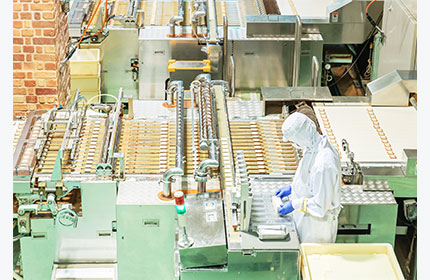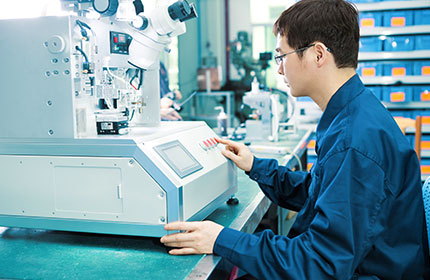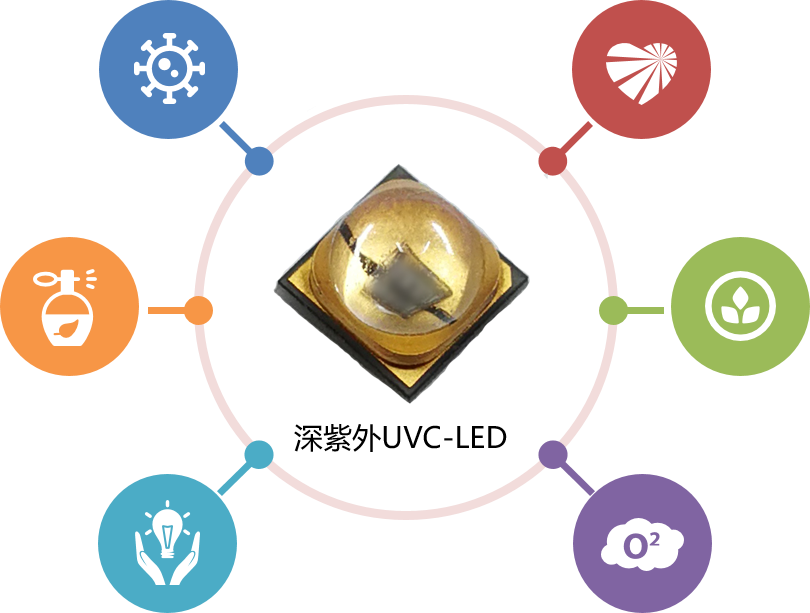
The field of hemodialysis treatment
To realize dialysis dose monitoring to promote appropriate treatment

Before and after the treatment, the usual method is to check whether the hemodialysis results are sufficient. The dialysate dose monitor (DDM) continuously measures the composition change of used dialysate * 1 through UV light absorption, and determines the dialysis dose. The dialysis dose is displayed on the screen to ensure that the patient has been adequately treated in each treatment. In this kind of optical measurement, deep UV LED has the ability of compact, single wavelength and optional wavelength.
Similarly, applications in other analytical applications in the medical field, such as blood analysis, are also expected.
*Used dialysate returned from the dialyzer, including waste discharged from the patient.



